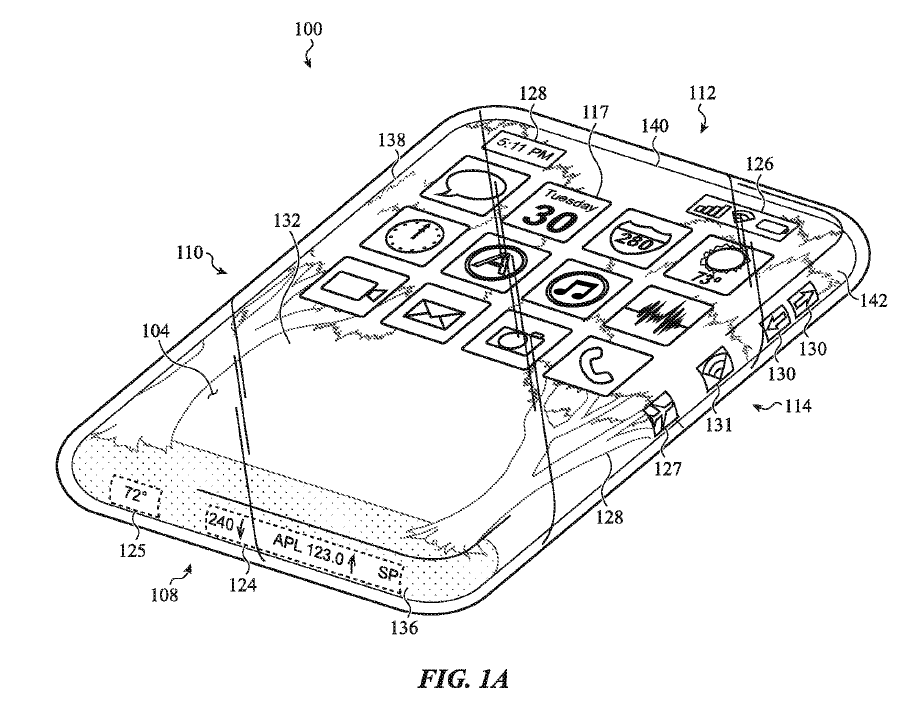E-Sims are coming…
Changing carriers with a physical SIM card usually entails going to a store location for that carrier, signing a contract, and having that carrier’s SIM card placed in your phone. This is not something that most subscribers do on a regular basis and carriers are not want to make this an easy process to prevent subscriber churning as new rate plans are revealed. E-SIMs however, are programmable, allowing the user to download a new carrier’s SIM information without the complexity of a physical trip to a carrier or smartphone brand store. There was resistance from carriers when e-SIMs appeared, for obvious reasons, but they have been accepted by smartphone brands and are finding their way into a substantial number of popular smartphone brands.
Looking at the ~546 smartphone models currently available, 26 state that they contain an e-SIM and while that is a small percentage (4.8%), all of the iPhone 13 line and all of the Samsung S21 flagship line contain e-SIMs, along with the Google (GOOG) Pixel 6 line and a smattering of Chinese branded models, among which are some of the most popular Chinese brands. The problem with e-SIMs however is not that they are not available in many phones but that they are not always supported by local carriers. In the US AT&T (T), T-Mobile (TMUS), and Verizon (VZ) support e-SIMs, along with Verizon sub-brand Visible (pvt), Truphone (pvt) and Ubigi (9432.JP).
E-Sims are slowly being adopted by government telecommunication groups around the globe and while this will take some time, it does open up prospects for a concept that might appeal to subscribers, that of being able to have two carrier subscriptions on one phone. By using a U-SIM (a SIM card for 3G carrier services) and an e-SIM on the same device, the user can have a work phone account and a personal phone account on the same phone, without the complexity of having to allocate a portion of the phone service cost to each account. Services for the business number will be allocated to that account while calls to a personal account will be so routed, with both numbers ringing on the phone. This idea can also allow the user to subscribe to a discounted carrier plan for personal use while using a more robust plan for business.
While e-SIMs are still a bit esoteric for the average subscriber, and carriers are not usually the ones to be proselytizing such a service, e-SIMs are just another cog in the wheel of digitalization, which has already changed the face of telephony over the last few years. It will be nice to be able to change carrier plans without having to wait on line for a carrier employee to tell you that ‘we don’t do that here, you have to call the 800 number first’ or telling you that they need to keep your phone overnight to make the change, and even more important, the competition that such an ability will generate among carriers, which will benefit all subscribers.














 RSS Feed
RSS Feed